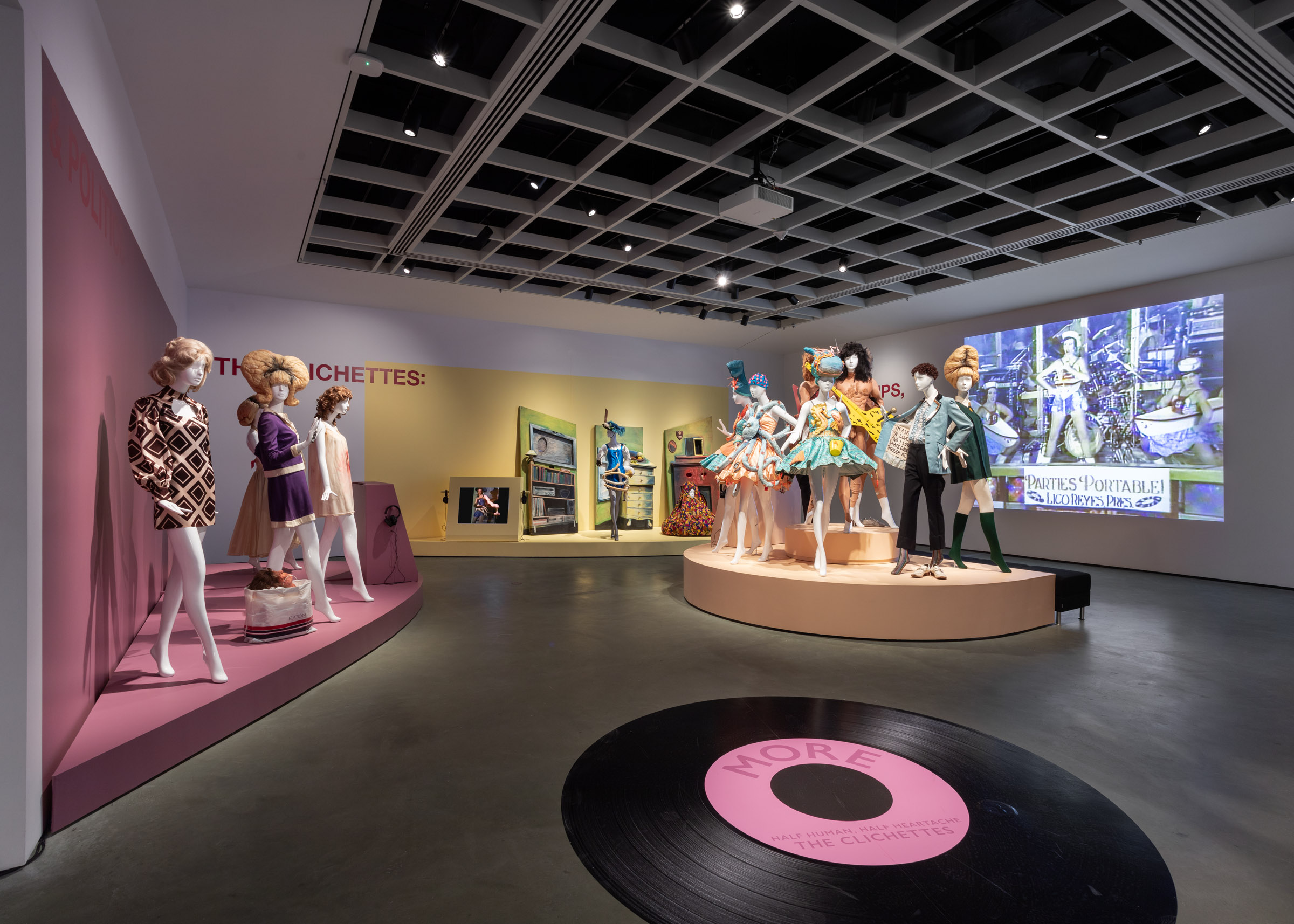Three ancient Egyptian gods in one sculpture
November 2, 2012

Egyptologist Dawn Power generously offered her time and expertise to the Museum in order to research one of the oldest works in McMaster’s collection. Here, from Dawn, is a short version of her findings:
PTAH-SOKAR-OSIRIS
This wooden statuette dates to between 1000 BCE and 500 BCE. They were used in tombs as guarantors of rebirth in the area of the ancient Egyptian city of Memphis. It is a representation of the god Ptah-Sokar-Osiris, who was a Memphite funerary deity and a fusion of the ancient Egyptian gods Ptah (creator god), Sokar (funerary/chthonic god), and Osiris (funerary/chthonic god).
The Double Plume Crown (Swty), which was sometimes worn by Ptah, normally contained a sun disc (image of rebirth). From the New Kingdom onwards there would have also been a set of ram’s horns attached to it – there is a hole on the top of the head of this statuette where the horns would have been placed. The false beard and broad collar were seen as signs of royalty/divinity. A falcon was normally placed at the end of the base, which might be a depiction of Sokar. The mummified body of the statuette is no doubt a representation of Osiris, the first god to be mummified and resurrected.
The colours represent the idea of rebirth, rejuvenation, and resurrection. Red (dSr) represents the sunrise, green (wAD) and black (km) are equated with vegetation and fertile soil respectively and white (HD) is equated with light and rebirth. The face is painted green like Osiris to ensure rebirth. Most of the Ptah-Sokar-Osiris statuettes from the end of the New Kingdom have a white body and in the late dynastic period they appear to be mostly polychrome in colour. It may be that the red body is characteristic of the Third Intermediate Period, which may be why not many of this colour are found.
The inscription on the front is incomplete but what remains reads as follows:
(Wsir nb) imnt nfr-nTr nb iAbtt dit.f…
(Osiris Lord of the) West (ie: the Dead), Great God, Lord of the East (ie: Abydos), may he give…
– Dawn Power BA, BA (Hons), MA
This object is not currently on display, but was most recently in the The Last Things Before the Last exhibition curated by Eric Woodley, May 24 – August 4, 2012


McMaster Museum of Art wins Exhibition of the Year for The Clichettes: Lips, Wigs and Politics
December 2, 2025
On Monday, December 1, 2025, Galeries Ontario / Ontario Galleries (GOG) announced the winners of the 48th Annual GOG Awards and the McMaster Museum of Art (M(M)A) took away the top award for the Exhibition of the Year (Budget Over $50K) for the Fall 2024 exhibition The Clichettes: Lips, Wigs and Politics produced in partnership […]

The Creative Process: Well-being through art with the McMaster Museum of Art
August 22, 2025

McMaster Museum of Art Welcomes New Communications Officer Jeff Jung Sing Chow
July 11, 2025





